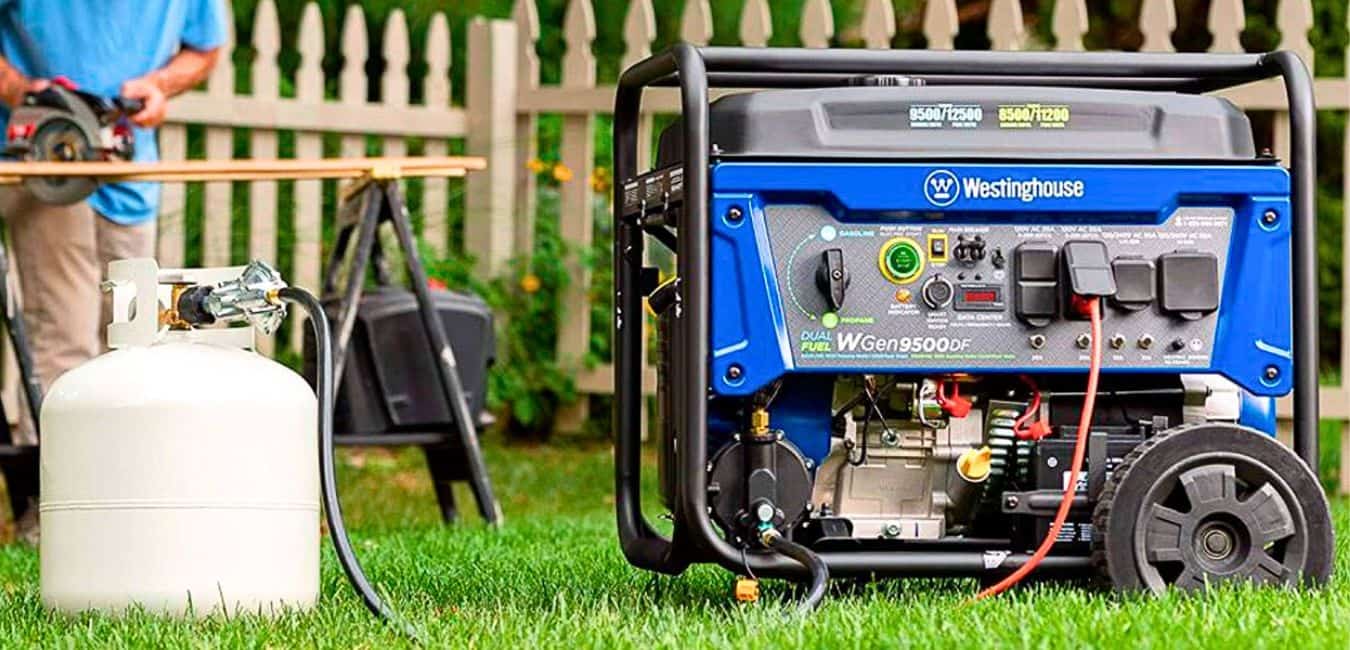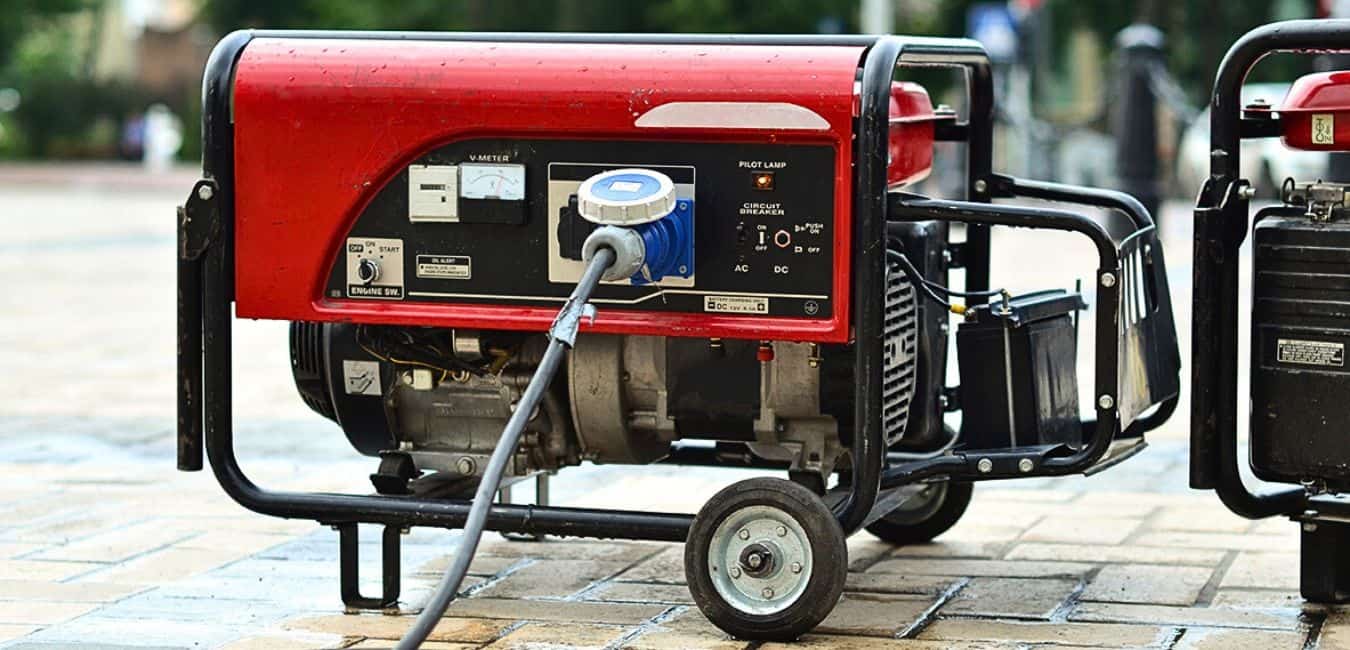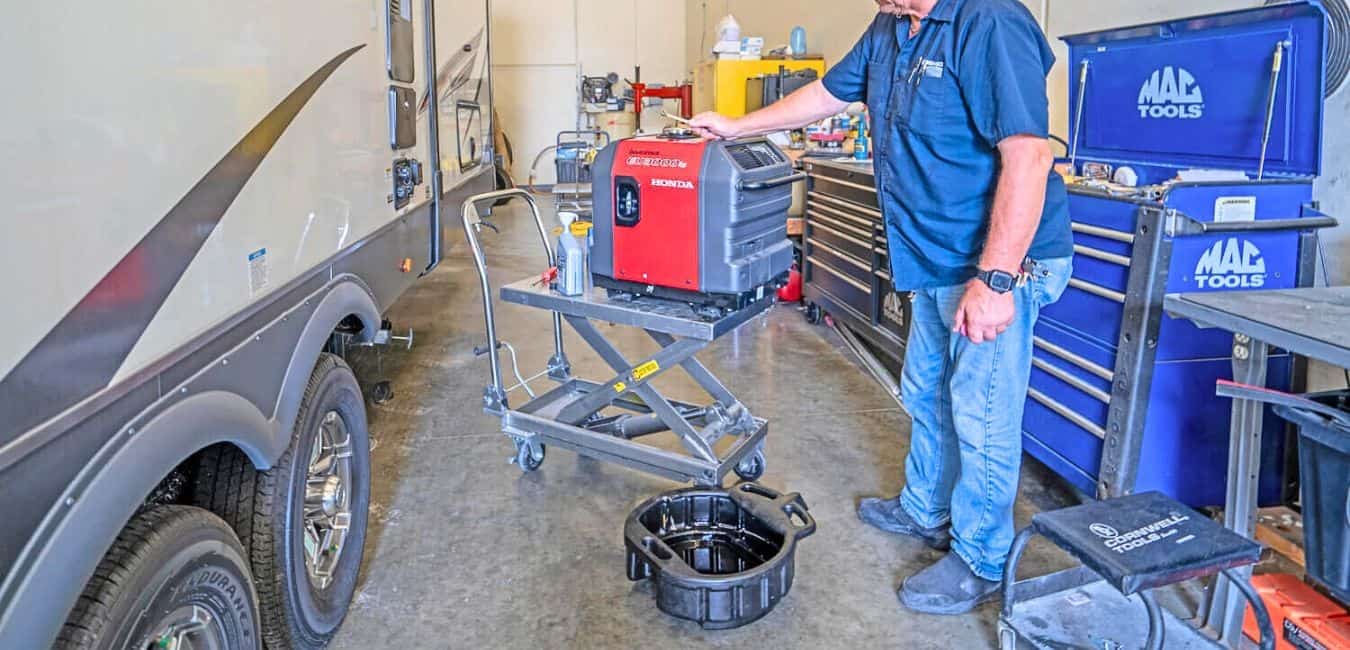If you’ve ever encountered a generator emitting foul odours, you’re not alone!
I’ve been through that frustrating experience myself, and let me tell you, the stench was anything but pleasant! But fear not, for I’m here to share my personal wisdom on how to fix a generator with old gas and a bad smell in the simplest and easiest way possible.
When my trusty generator started producing an unbearable stink, it left me scratching my head. After some trial and error, I discovered that these odours can often be attributed to a few common culprits. Whether it’s that pungent smell of burning rubber or the nauseating scent of rotten eggs, I’ve dealt with them all, and I’m eager to show you how to handle them like a pro.
In this article, I’ll walk you through a step-by-step process to identify the fixes for the situation. No need to be an expert! With just a basic understanding of your generator and some easy-to-follow tips, you can bid farewell to the old gas issues and those nasty odours once and for all.
Let’s get started to see how to deal with bad gas in a generator, how to know if you’ve got bad generator gas and how can you prevent this from happening in the first place.
What is Wrong with Using Old Gas in a Generator?
Using old gas in a generator can lead to various problems and issues due to its degradation over time. Here are some of the main reasons why using old gas is not recommended:

- Reduced Fuel Efficiency – Over time, gasoline can break down and lose its chemical properties, resulting in reduced fuel efficiency. As a result, old gas may not burn as efficiently as fresh fuel, resulting in decreased power output and greater fuel consumption.
- Engine Performance Issues – Stale gasoline can lead to engine performance problems. The degraded fuel fails to provide the necessary combustion properties, resulting in difficult starting, rough running, or frequent stalling.
- Clogged Fuel System – The fuel system can become clogged after using old gas, as residue and varnish deposits build up, clogging up the fuel filter, carburettor, and fuel injectors. Fuel flow is obstructed, and engine operation is disrupted as a result.
- Increased Emissions – Degradation of fuel may result in higher levels of harmful emissions, contributing to air pollution.
- Damage to the Generator Itself – Long-term use of old gas could damage the generator’s internal components, such as fuel lines, carburettors, and engine parts. The result can be costly repairs and a shorter lifespan for the generator.
Hence, old fuel or gasoline shouldn’t be used in generators.
How to Know If the Generator Gas Has Turned Bad?
When the gasoline in your generator turns bad, you’ll notice a strong, pungent odour. An odour of sour or rotten gas is a clear indication that the gas has gone bad when you open the fuel tank or run the generator.
Also, gasoline changes its colour when it gets old and bad. Fresh gasoline tends to be clear or slightly yellow. When it ages, it darkens and becomes cloudy, or even becomes varnish-like. And so, there may be degradation going on if the colour and clarity of the gas change significantly.
Other than these two, the factors that I’ve mentioned in the above section such as reduced fuel efficiency, engine performance issues and clogged fuel system also indicate turning bad of the gasoline.
A Complete Guide to Fixing a Generator with Old Gas!
Now that your generator has old gasoline, what are you going to do about it? Well, here’s a complete guide to the simple steps you should be following in order to get rid of this affected gas and fill up the fresh one.
- Putting Safety First
- Drain the Old Gas
- Check the Fuel System
- Add Fuel Stabilizer (Optional)
- Fill the Tank with Fresh Gasoline
- Mix the Fuel (If Necessary)
- Reconnect the Spark Plug
- Start the Generator
Putting Safety First
Before proceeding, make sure the generator is turned off and cooled. To prevent accidental starts, disconnect the spark plug wire.
Drain the Old Gas
The old gas should be drained completely if the generator has been sitting with it for a long time or if it has become severely degraded. To remove the old gas from the fuel tank, use a fuel siphon or fuel pump. The old gas should be disposed of safely and in accordance with local laws.
Check the Fuel System
When the fuel tank is empty, inspect any fuel system components for clogs or debris from the old gas, such as fuel lines, fuel filters, and carburettors. If any components are affected, they should be cleaned or replaced.
Add Fuel Stabilizer (Optional)
Adding a fuel stabilizer to fresh gasoline according to the product’s instructions is recommended if the generator will be stored for a long time or if you want to prevent future gas degradation. As a result, the fuel’s quality will be maintained, and varnish formation will be prevented.

Fill the Tank with Fresh Gasoline
Fuel the generator with fresh gasoline by pouring it into the fuel tank using a clean fuel container. To prevent spills, use a funnel if necessary.
You might be interested to read about Generator Fuel Types.
Mix the Fuel (If Necessary)
To ensure a proper blend, shake the generator gently or manually mix the old and new gas together just in case there is a mixture of old and new gas left in the generator.
Reconnect the Spark Plug
Connect the spark plug wire securely after filling up the tank with fresh fuel.
Start the Generator
Follow the manufacturer’s instructions for priming the generator’s fuel system. Then, run the generator for a few minutes after priming to ensure fresh fuel is being pumped through.
How to Prevent Your Generator From Having Bad Gasoline?
Here are some effective tips to keep your generator’s fuel in top condition:

1: Make Sure You Use Fresh Gasoline
Your generator should always be powered by fresh, high-quality gasoline. It is best to use fuel that is less than three months old because gasoline can start to degrade after a few months. Long-term storage of gas in containers or gas cans should be avoided.
2: Rotation of the Fuel
Consider rotating your generator’s fuel if it isn’t used frequently. Fill the tank with fresh gas regularly and use the oldest gasoline first. By following this practice, you will always have the most recent fuel on hand.
3: Adding Fuel Stabilizers
A fuel stabilizer should be added to the gas tank when the generator will be stored for longer periods of time. As a result of fuel stabilizers, gasoline is able to last longer and develop fewer varnish deposits and break down on its shelf life.
4: Maintaining Proper Storage
Make sure your generator is stored in a cool, dry place away from direct sunlight and extreme temperatures. Fuel degradation can be accelerated by high temperatures. Also, to prevent moisture and contaminants from entering the fuel tank and fuel containers, ensure they’re tightly sealed.

5: Regular Use and Maintenance
Running the generator regularly (at least once a month) helps keep the fuel system active and prevents fuel from stagnating. The regular operation also helps to burn through old gas before it degrades significantly.
SEE ALSO 🡪 Generator Maintenance Tips.
6: Fuel Filter Maintenance
Keep the fuel filter clean and replace it as per the manufacturer’s recommendations. A clean fuel filter ensures that contaminants and debris do not reach the engine.
7: Drain the Old Gas
For extended periods when you will not be using the generator, drain the fuel tank and let it run until it shuts off to consume any remaining fuel in the carburettor. By doing this, the carburettor and fuel system are less likely to become clogged with old gas.
8: Clean the Generator Regularly
Prevent contaminants from entering the fuel system by regularly cleaning the generator, including the fuel cap and fuel tank.

Read 🡪 How to Clean a Generator?
9: Blends Containing Ethanol Should be Avoided
Gasoline without ethanol should be used. It is possible for ethanol to attract moisture and accelerate fuel degradation, resulting in engine problems.
10: Follow the Manufacturer’s Recommendations
Be sure to follow the manufacturer’s recommendations regarding fuel type, fuel additives, and maintenance schedules.
How to Fix a Generator with Old Gas – FAQs
Conclusion
If you suspect that your generator’s gas has turned bad, it’s best to drain the old fuel from the tank and replace it with fresh gasoline. Before adding new fuel, ensure that the fuel system components (fuel lines, carburettor, etc.) are clean and free from any residue left by the old gas. Using a fuel stabilizer when storing the generator for extended periods can also help prevent gas degradation. Regular maintenance and proper fuel management will ensure your generator performs reliably when you need it most.
To avoid future issues with old gas, perform regular maintenance, and use fuel stabilizers when storing the generator for extended periods.
In a nutshell, it’s crucial to use fresh, high-quality gasoline in your generator. If the generator is not used frequently, consider using a fuel stabilizer to prolong the fuel’s shelf life and prevent it from deteriorating quickly. Additionally, regularly emptying the fuel tank and running the generator dry before long periods of storage can help minimize problems associated with old gas.






